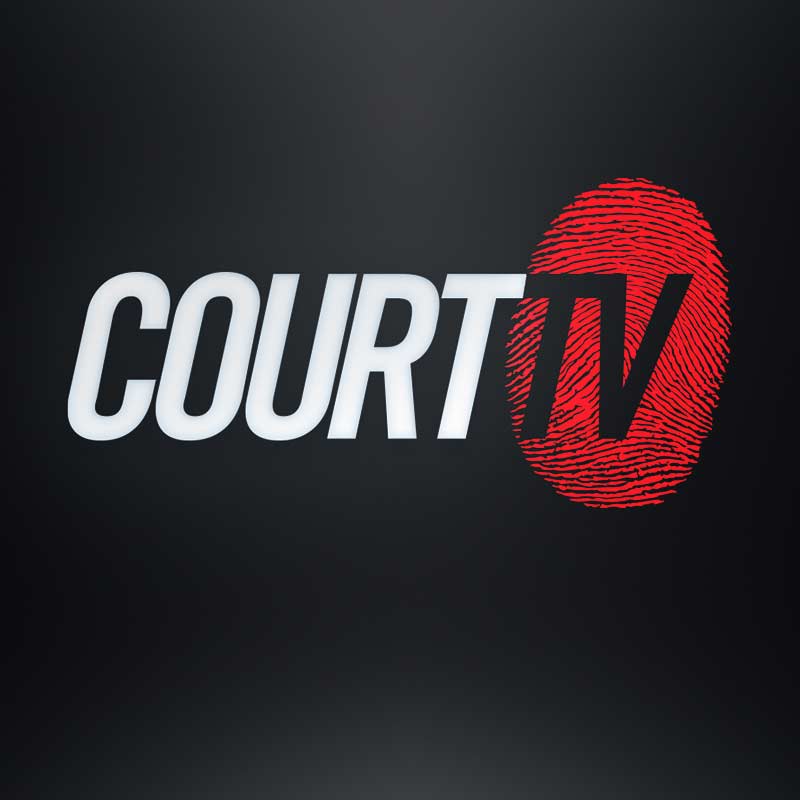Every insurance claim is different. However, when filing a claim for an injury they sustained in a car accident, a slip and fall accident on someone’s property, or because they lost a loved one due to a defective product, the process an insurance company uses to negotiate a settlement often does not vary greatly.
In general, victims of a personal injury or those who have lost a loved one because of negligence or a deliberate act should hire a personal injury lawyer to help them through the complex process of insurance company negotiations.
Accident Injury Victim Opens a Claim
The initial process of settling with an insurer involves the victim or their lawyer filing a claim for their injuries.
Some steps that will take place first include:
- Hiring a personal injury lawyer – The first thing a victim of any injury should do is hire a lawyer to help them with the claims process. The victim can find a skilled lawyer who handles similar claims. The right lawyer can make all the difference to a victim or a victim’s family.
- Establish liability for injuries – Working closely with their client, a personal injury lawyer will assemble the necessary documentation to show accountability. Remember that the person or party responsible for the injury had a duty to the victim. The second step is showing they breached that duty and the breach resulted in injury. Finally, the victim’s lawyer will demonstrate that because of the breach of duty, and the resulting damage, the victim suffered financial losses.
- Preparing the settlement demand – Once the victim hires a lawyer and they have sufficiently accumulated the evidence of liability, the attorney will generally prepare a settlement demand to seek compensation for their client. The lawyer does this in consultation with the client to ensure they have captured all current and future losses.
These steps are necessary because changing the dollar amounts the victim is asking for may be challenging once the attorney files a claim to secure a settlement. An accident injury lawyer may wait until the victim has reached a stage known as maximum medical improvement (MMI), which means that no further treatment will result in a better outcome for the victim.
Insurance Company Negotiation of Settlement Steps
 Once a personal injury lawyer has filed a settlement demand on behalf of their client, the insurance company will follow a set of procedures with the expectation that they will reach an amicable settlement agreement. These steps are generally as follows:
Once a personal injury lawyer has filed a settlement demand on behalf of their client, the insurance company will follow a set of procedures with the expectation that they will reach an amicable settlement agreement. These steps are generally as follows:
Step One: Assigning Insurance Adjusters
Depending on the nature of a personal injury claim, the insurance company may assign two insurance adjusters to a claim. For example, if someone sustained injuries in a roadway accident, one adjuster would handle the medical losses of the victim. The other adjuster would deal with the property damage associated with the crash.
The role of the insurance adjuster is to investigate the claim’s validity and advise the insurer about their opinions on how much a settlement should be, based on the information they have found. The information used to establish this basis is generally police and accident reports, medical records of the victim, and opinions of experts who know the specific type of accident or injury.
Step Two: Personal Injury Claim Evaluation
Once the adjuster has completed their initial investigation and assembled all the necessary details, the insurer will begin evaluating the merits of the victim’s claim. During this stage, they will assess the damage the victim has suffered, consider the coverage of the liable party, and review the laws applicable in the state where the victim filed the claim.
Once the insurer assembles all these details, they will likely evaluate the potential outcome if a case proceeds to adjudication in the courts. This may affect how much they offer to the personal injury victim through their lawyer.
Step Three: The Initial Offer to the Victim
After a lawyer has submitted a claim for compensation on behalf of their client, and the insurance company has had time to investigate and evaluate the claim, the insurance company will likely make an offer through the victim’s lawyer. This offer will probably not equal the settlement demand the lawyer initially submitted.
When this offer is received, the personal injury lawyer will contact the victim and discuss the offer’s merits. The final decision about whether to accept an offer is made by the client, and the lawyer will go back to the insurance company with a counteroffer if the client requests they do so.
Step Four: Negotiating a Settlement For a Personal Injury Claim
Assuming a victim rejects the initial offer from an insurance company for a settlement, their attorney will begin negotiating with the insurance company. These negotiations may occur in face-to-face meetings, through email or regular mail, or during telephone conferences. It is important to remember that negotiations may be complicated because insurance companies try to minimize their losses.
Personal injury lawyers go to the negotiation table with one thing on their mind — to get the best possible settlement for the victim of a personal injury. The insurer aims to keep the settlement amount as low as possible.
It is possible negotiations could involve the attorneys representing the victim (plaintiff) and the insurer (defendant). It is also essential to remember that any offers the insurance company makes to the victim are shared with them for a final determination as to whether the settlement is acceptable to them.
When Personal Injury Claim Negotiations Are Successful?
Assuming the outcome of negotiations with an insurance company is successful, the insurance company will follow the process outlined below. These steps are vital in securing compensation for the victim’s injuries and other losses:
Step One: Preparation of Settlement Agreement
The insurance company will prepare a settlement agreement and submit it to the victim’s personal injury lawyer for review.
Typically, these agreements will contain the following particulars:
- Amount of agreed upon settlement – The amount of compensation that will be credited to the victim when the process is complete.
- A waiver of liability – The victim will be required to agree that the insurance company has no further accountability, even if the victim incurs additional losses after settlement.
- Timeframe for receipt of payment – Generally, the final settlement agreement will have a specific date that states when the insurance company will send the settlement payment to the victim’s lawyer.
Step Two: Payment and Disbursement of Funds
Once the insurance company receives the documentation required on the agreed-upon date, they will issue a check to the lawyer for the victim. Once received, the lawyer will deposit the check into their trust account and begin the disbursement process per the retainer agreement, which the victim signed.
In general, disbursements will include document fees, legal fees, and any subrogated claims for which the victim is responsible. Once the personal injury lawyer disburses these, they will send the balance of the funds to the personal accident injury victim, signaling the completion of the victim’s case.
Both parties will follow these steps if negotiations with the insurance company are successful. However, the process will differ slightly if negotiations fail to provide an acceptable settlement.
When Personal Injury Claim Negotiations Fail?
In some cases, negotiations between a personal injury lawyer and insurance company lawyers fail. Unfortunately, the victim must decide whether to accept the most recent offer or file a personal injury lawsuit.
It is essential to remember that even if a victim files a personal injury lawsuit, negotiations do not necessarily cease. Fewer than five percent of all personal injury cases result in a court-ordered settlement. However, when the talks are stalled or fail, a personal injury lawyer will take the following steps on behalf of their client:
Step One: Filing a Motion For a Personal Injury Claim
The victim’s attorney will file a complaint with the civil court in the proper jurisdiction. The complaint will contain specific particulars, including the victim’s name (plaintiff) and the name of the party (defendant) who was responsible for the injuries suffered. The complaint may also contain specific figures about the amount of damages that the victim seeks.
The complaint will also detail the victim’s losses and the legal basis for the lawsuit. It will also provide a specific timeline for the defendant’s response to the complaint once the attorney serves it upon them. This begins the court process.
Step Two: Determining the Type of Trial in Personal Injury Claims
Not all personal injury cases are the same. The victim’s lawyer will discuss the option for a bench trial with their client, which only a judge conducts, or a jury trial. Both options are available in nearly every state when dealing with personal injury claims.
Remember, the time to hear a case may vary depending on how many cases the courts hear. Victims should discuss the pros and cons of each type of trial with their attorney before deciding what makes sense for their case.
Step Three: Discovery and Negotiations or Mediation/Arbitration
Once the initial steps are complete, then the discovery process begins. This may include requests to exclude certain evidence or witnesses from the process. There may also be opposing motions to dismiss the lawsuit.
The victim may ask for summary judgment, stating their proof is overwhelming and demanding the court find it in their favor before trial. The defendant may claim there are insufficient grounds for the lawsuit or that the statute of limitations has expired and, therefore, the judge should dismiss the claim.
Some states may require parties to mediate or arbitrate before a trial occurs. In these instances, a third party not involved with the defendant or the plaintiff in a personal injury case participates in negotiations. These discussions can help reach a reasonable settlement without the added time and financial burden of taking a case to trial.
Should these negotiations be fruitful, the process would be like the final stages of a negotiated settlement:
- The victim’s lawyer draws up the settlement agreement.
- The insurer sends the payment to the victim’s lawyer.
- The victim’s lawyer disburses the funds as agreed upon.
If these negotiations fail, then the court process continues.
Step Four: Trial Processes
Depending on the type of trial the victim has chosen, the lawyer will put their case together.
Generally, a court case consists of:
- Opening statement – The lawyers for both parties explain the facts of the case and why the court or the jury should rule in favor of their client.
- Presentation of witnesses – Both the plaintiff and the defendant have the right to have witnesses supporting their version of events. In personal injury cases, these may include witnesses to the accident, doctors who cared for the victim, or doctors who dispute the victim’s condition.
- Presentation of evidence – Both parties are entitled to present proof which supports their case.
- Closing statements – Both lawyers will present their final statement based on the evidence presented and the witnesses who gave testimony.
- Determination – Once these steps are complete, the two sides will rest, and the judge or jury will decide which party’s claims are successful.
If the court determines the victim is successful, they will specify the financial payment the plaintiff is entitled to. This may include not only the settlement amount to which the victim is entitled but may also include punitive damages and legal fees. This judgment amount will be what the victim is entitled to collect.
Step Five: Appeals Process
Both sides may have an opportunity to file an appeal if unsuccessful in convincing the court of their case. However, for an appeal to be successful, the party must show that there was an error made in the presentation or the determination of the case. Appeals are not a retrial, and the outcome of an appeal is final.
Step Six: Settlement and Disbursement
Once the judge or jury renders judgment and any options for appeal have been exhausted, the settlement and disbursement process will proceed as if the case had been settled before trial.
Understanding how insurance companies negotiate settlements can be helpful for victims to understand so they know the steps their personal injury law firm in Denver will take for them.




















